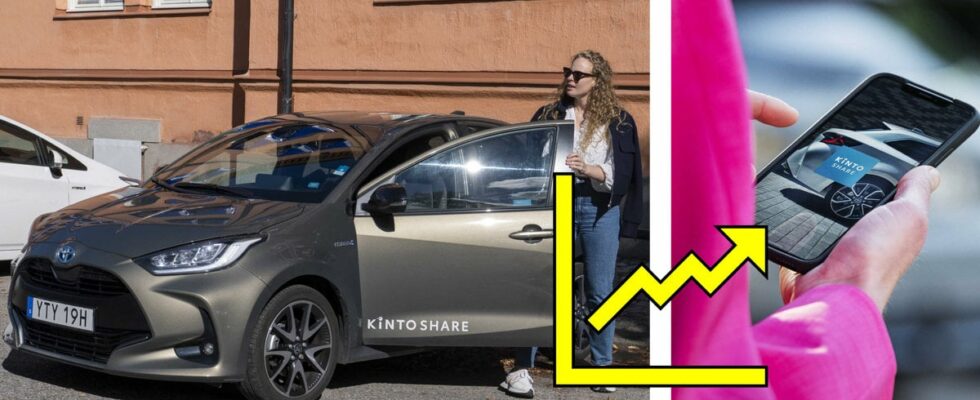In 2024, both Aimo and Volvo Cars shut down their car-sharing operations, a market that manufacturers such as BMW and Mercedes exited several years ago. Car pools generally work better in big cities where the turnover of the cars is higher.
During the first half of 2025, however, Kinto will increase the number of car-sharing cars from 1,000 to 2,000.
That’s what the company says in a press release.
DON’T MISS:
SEK 505,000 for a new battery for a Volvo plug-in hybrid
Unique Koenigsegg for sale – “subtle tribute to Sweden”
A complement
The idea with Kinto is, according to Toyota, to act as a complement to public transport: – Demand is strong and we believe in our product. It is clear that more and more people in Sweden are beginning to see the benefits of the sharing economy. Car pool is a very important complement to public transport to solve the mobility challenges of individuals and companies, explains Olof Holmgren, Sweden manager for Kinto.
Same conditions
– Actually, it’s just about being able to compete on the same terms as the privately owned car. Mobility companies are often referred to renting parking spaces in the middle of nowhere with poor or non-existent signage, often also at a higher price, he explains.
– It is difficult to compete with a self-owned car that has both reduced residential parking and often easily accessible parking space on the street. If users don’t see and find the sharing service, how do we get them to choose car pool? wonders Olof Holmgren.
One way to get more people to choose car pooling is to collaborate with politicians to encourage car sharing. According to Kinto, a carpool car replaces between seven and ten privately owned cars.
DON’T MISS:
Here is the new Tesla Model Y
Driving licenses for automatic machines may become standard in Sweden
Popular service
In Sweden, Kinto has 150,000 registered users and will now increase the number of cars from 1,000 to 2,000, an increase of 100 percent. The idea is that all new cars should be in use by the summer.
However, Olof Holmgren believes that more incentives are needed to continue developing the business:
– Let’s work together – municipalities, urban planners and mobility companies – to achieve better resource utilization, concludes Olof Holmgren.
DON’T MISS: Our podcast about cars – Under the Hood
